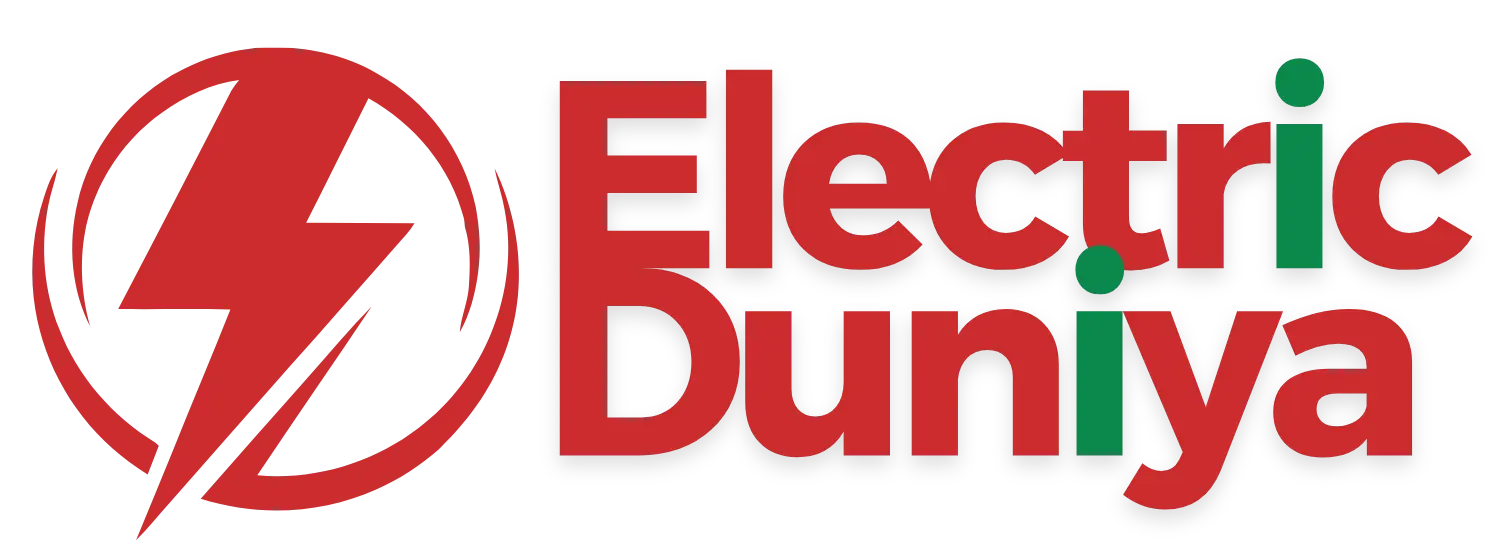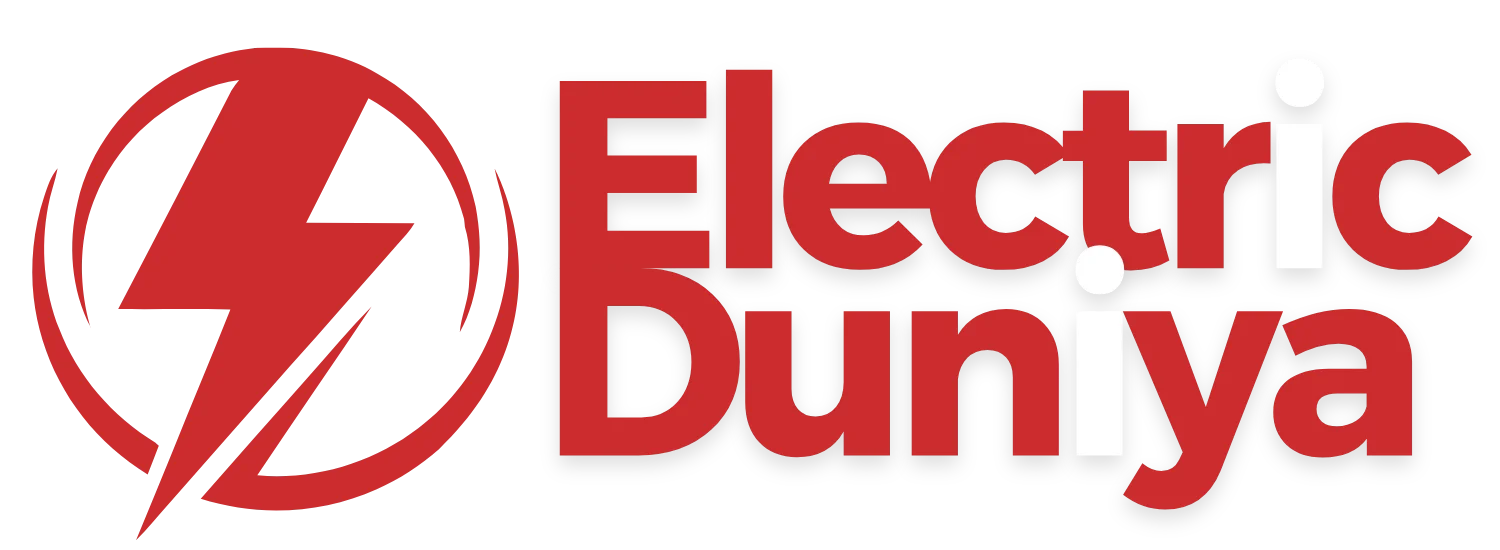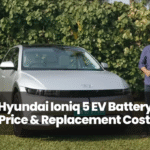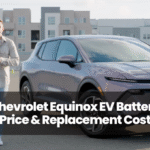I’ve had some frustrating times when the braking on my Bajaj Chetak EV wasn’t working smoothly.
It bothered me until I finally figured out how to fix it and get the braking working smoothly again. I want to share my experience with you so you can fix it too.
In the Bajaj Chetak EV, performance and safety are super important.
Uneven braking messes with both, making your rides less safe and more stressful. This can even lead to accidents if not fixed.
In this blog, I’ll walk you through the causes, how to diagnose the problem and the solutions I found.
By following these steps, you’ll get your Bajaj Chetak electric scooter back to running safely and smoothly.
Why Uneven Braking is a Big Deal
If the brakes aren’t working smoothly, your scooter might pull to one side, making it harder to steer.
This can be especially dangerous when you’re going fast or need to stop suddenly. It can also stress out your scooter’s parts and possible expensive repairs.
Making sure your brakes work smoothly keeps your ride stable and safe, so you can enjoy a smooth and reliable experience.
To avoid this with you and your scooter, just follow the steps below that I personally used with my Bajaj Chetak EV.
Knowing the difference between disc vs drum brakes in Bajaj Chetak can also help you understand the braking system and troubleshoot issues more effectively.
So, let’s get started on fixing your scooter’s braking problems.
Worn Brake Pads
If your brake pads are worn out, one side might grip more than the other. I faced this issue, and it messed with my brake balance.
What to Do:👇
- Inspect Visually: Park your scooter on the stand and visually inspect the brake pads for dirt or uneven thickness.
- Measure Thickness: Use a ruler or calliper to measure the thickness of the brake pads on both wheels.
- Replace if Needed: If the pads are dirty or unevenly thick, replace them at the service station. Make sure to replace pads on both sides for balance.
Brake Fluid Issues
I also dealt with low brake fluid levels and air bubbles in the brake lines. This caused inconsistent braking pressure.
What to Do:👇
- Check Fluid Levels: Locate the brake fluid reservoir under the seat, near the handlebars. Check the fluid level against the minimum and maximum marks.
- Top Up if Low: If the fluid is low, top it up as per the user manual.
- Remove Air Bubbles: Use the bleeder valve to remove any air bubbles in the brake lines.
Misalignment of Caliper
A misaligned brake calliper leads to uneven pressure distribution. I found this out the hard way.
What to Do:👇
- Visual Inspection: Check the brake callipers to ensure they’re securely mounted and aligned with the rotor.
- Look for Damage: Check for signs of damage or rust on the callipers and brake rotors. Look for grooves or uneven surfaces.
- Adjust if Needed: Adjust the calipers according to the manufacturer’s guidelines. In my case, adjusting the callipers solved the problem.
Test Ride
After making the adjustments, it’s important to take a test ride in a controlled environment.
What to Do:👇
- Apply Brakes: Test the brakes at various speeds to ensure they engage smoothly on both wheels.
- Check for Issues: Listen for noises, feel for vibrations, and notice any pulling to one side during braking.
Final Thoughts
Uneven braking can be a serious issue, but you can fix it just like I did with a bit of attention and care.
I found the process hassle-free, and now my Bajaj Chetak Electric Scooter runs smoothly and helps me in range.
I hope my journey helps you fix any braking issues you face. Just follow these steps, and you’ll get your EV back to running smoothly and safely.
If you still have problems, don’t hesitate to consult a professional. You’ve got this! Your safety is worth it.







